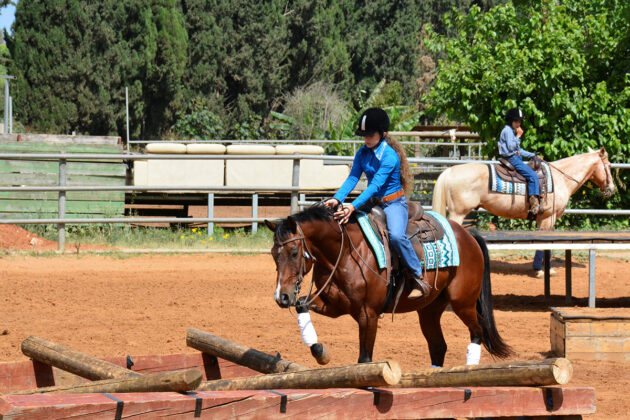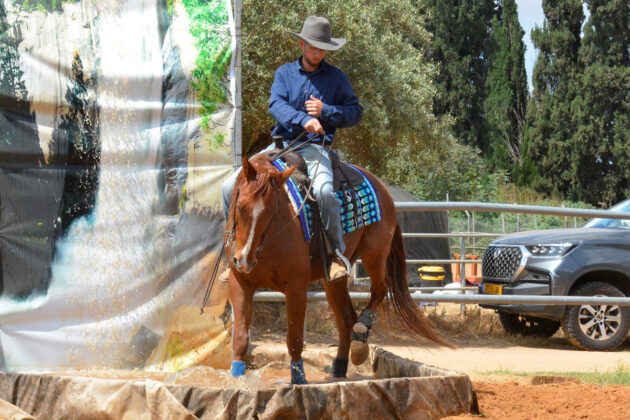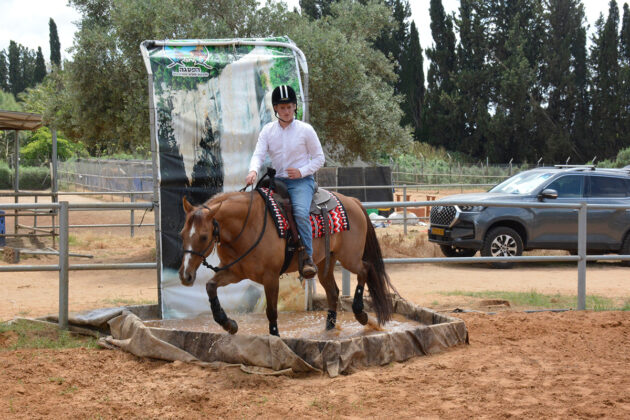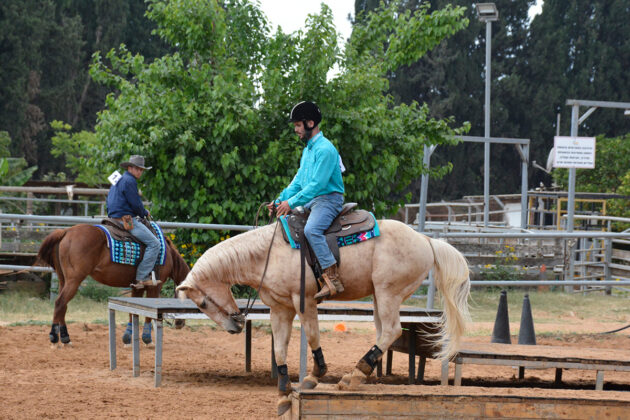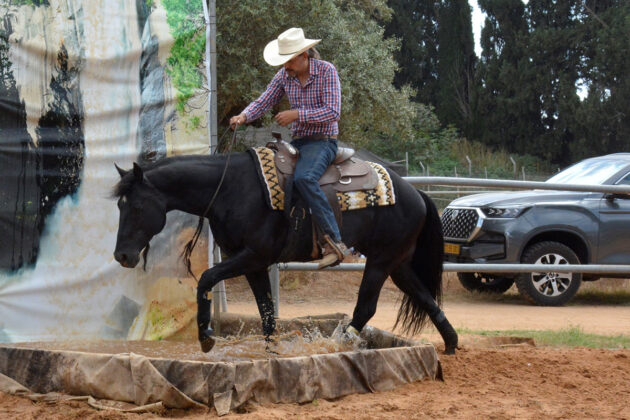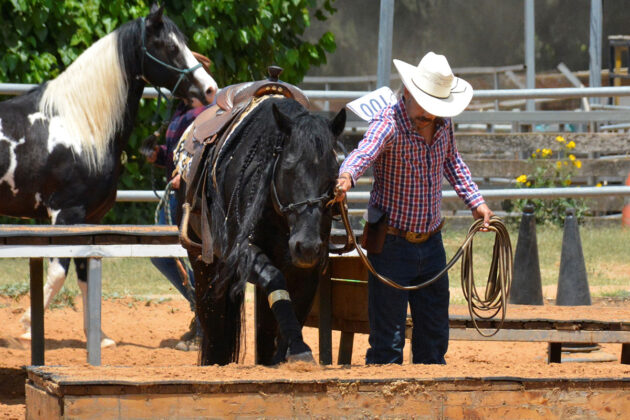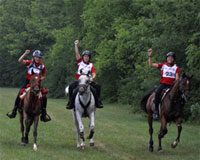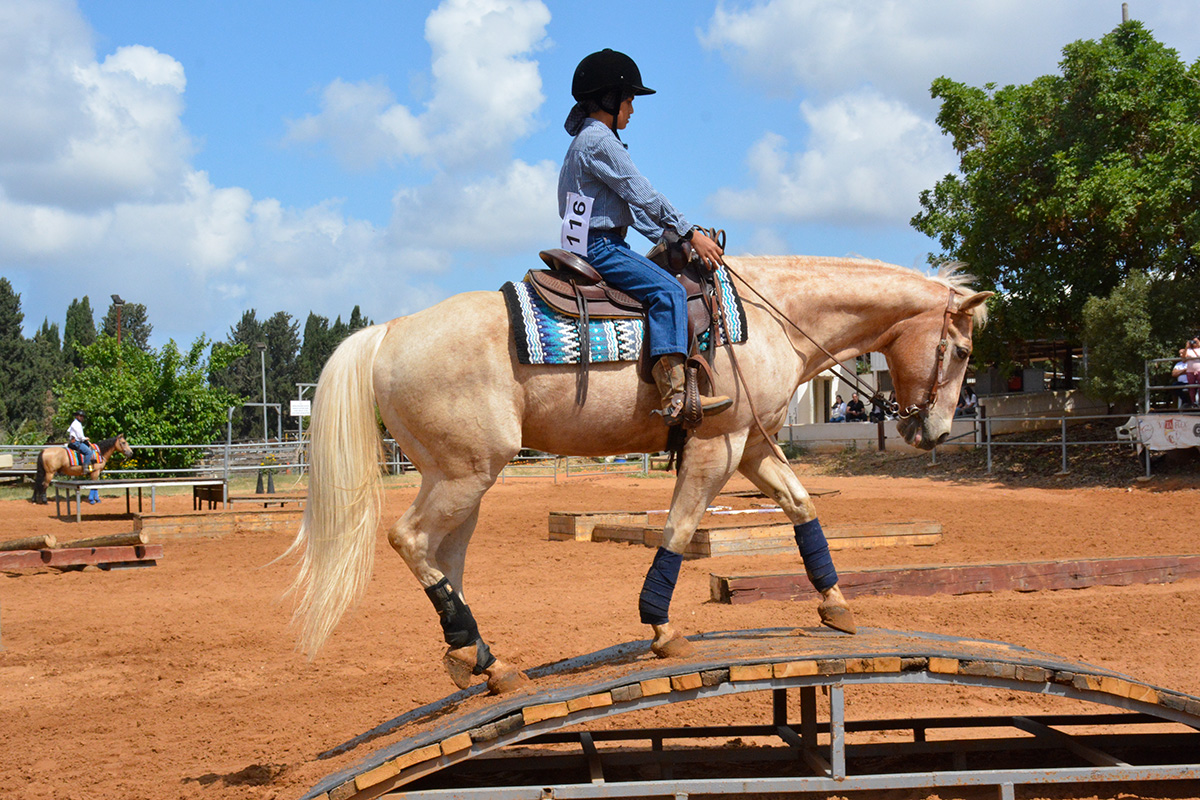
For the first time, the sport of mountain trail was experienced in Israel, thanks to Noam Sitbon Alimi – board member of the Summit Association – who arranged to have Mark and Lee Bolender from Bolender Horse Park in the United States come over and do a judge’s clinic, trail clinic and a mountain trail challenge this past month.
“They wanted to bring it for the horsemanship,” shares Mark Bolender on why they asked IMTCA to come to their country. “Beautiful discipline, fair and consistent.”
The clinics and challenge were held at Haniel Farm in the city of Khani’el, Israel. It took them five months to prepare for the event, including overcoming naysayers and having to build the IMTCA obstacles based off design drawings from Mark. However, the team from the Summit Association did not let anything get in their way to bring the exciting sport to their country.
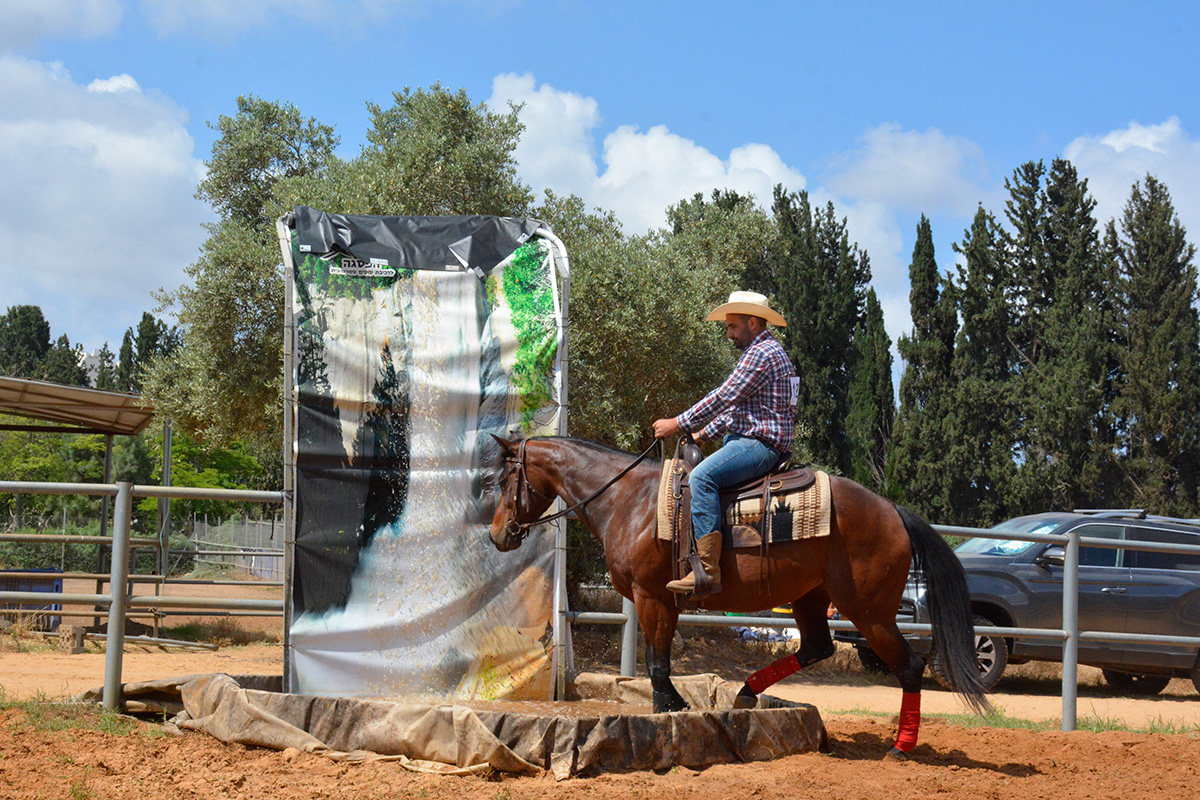
“To bring a new branch of riding to Israel has its bureaucratic challenges, as this is the first that the Summit Association has done this, but good communication between myself with Mark and Lee helped overcome some of the difficulties,” shares Noam.
IMTCA Clinics and Challenge in Israel
While the Bolenders were there, they held a judge’s clinic. Part of what makes the IMTCA different from other trail events is that it has a set of scoring rules on a points system – similar to reining – so that the scoring is as objective as possible. Each obstacle is broken into three scoring sections: entrance, middle and exit. Horse and rider teams can earn a 0, which is an acceptable score meaning no points were taken away; have points deducted for things like not being straight, hitting a pole, entering or exiting an obstacle wrong, refusing an obstacle, etc.; or achieve pluses for a truly stellar ride. For example, a horse that is actively hunting – looking for the trail with his head/eyes downward – may receive a +.5 or +1 on a section of an obstacle.
During the judge’s clinic, 15 participants from Israel learned all the rules for the challenges, including what tack is acceptable, as well as how to score someone’s ride. At the end of the clinic, the participants received judging certificates and can now judge official IMTCA trail challenges.
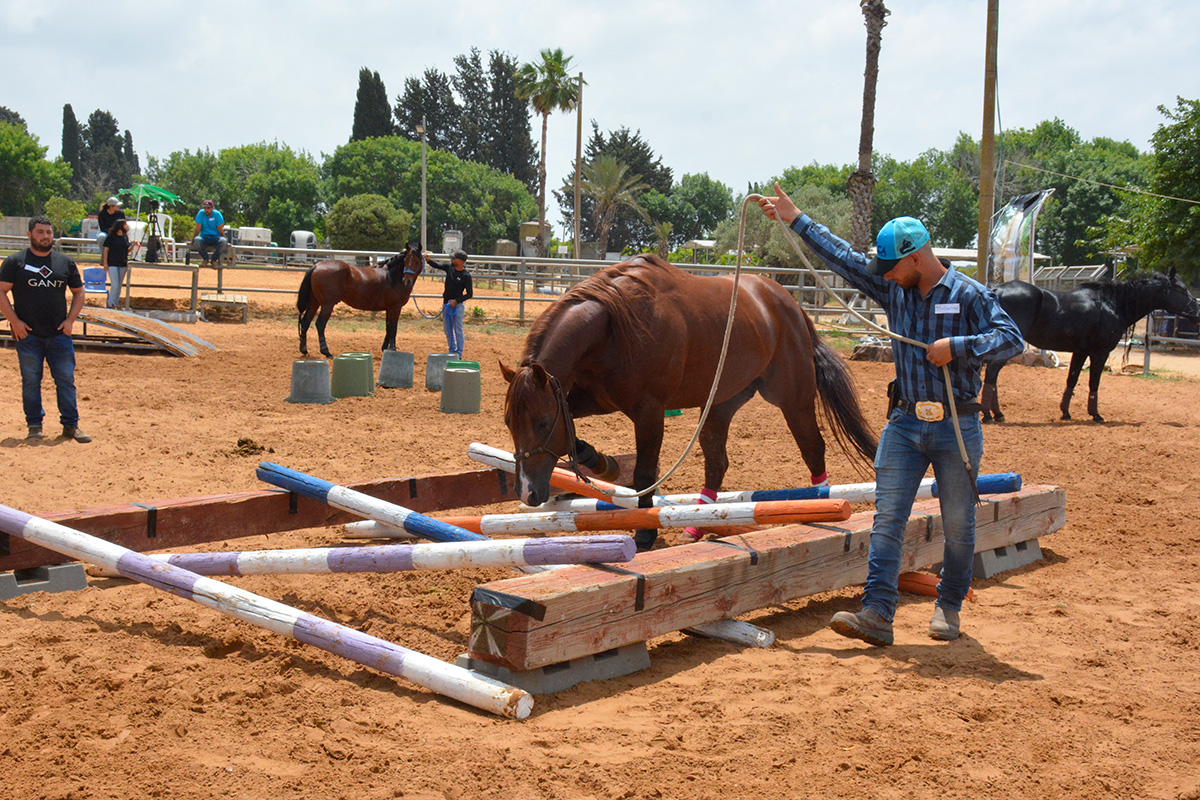
In addition to the judge’s clinic, the Bolenders held a trail clinic to teach the ins and out of mountain trail, including how to safely introduce a horse to an obstacle, how to improve your scores and other tips. The Israel team was excited to have the Bolenders come over to teach them the sport of IMTCA in what Yair Alimi called a, “professional, informative and exciting clinic.”
Mark always starts people on the ground first, to get the horses and riders used to the obstacles in-hand, before mounting up. The 35 participants learned the Bolender Method, which involves teaching your horse to stay out of your “bubble” so they don’t come over on top of you while completing an obstacle.
Finally, on the fourth and final day, they held an official trail challenge. Typical IMTCA challenges have both in-hand and riding for different divisions, which can include novice, youth, level 1 (walk only), level 2 (walk and trot) and level 3 (walk, trot and canter/lope) as well as special classes such as gambler’s choice or ride one, lead one. 50 competitors competed in youth riding, level 2 and level 3 at Israel’s first IMTCA Challenge.
“All rode western except one person on an Arab riding English,” shares Mark. Other breeds represented were Quarter Horses, Paints and one mule.
After the challenge, they held a ceremony to thank all those who had worked so hard to make this event happen – including the board of the Summit Association, as well as Mark and Lee Bolender – and to celebrate the cooperation between the two organizations.
“It lived up to all my expectations and more,” shares Noam, “and the feedback that I received from all who participated was positive. [They were] impressed.”
The Future of IMTCA Mountain Trail
The Summit Association plans to continue the sport of IMTCA mountain trail, Mark shares. “They are looking forward to participating in the IMTCA World Buckle competition,” he adds. In addition, they have already made plans to have Mark and Lee back in 2024 for more clinics.
“I would like to take this opportunity to thank Mark and Lee for their super interesting and professional clinic,” Noam shares. “We really enjoyed having them here in Israel and we’re looking forward to seeing them again next year.”
For more information about the International Mountain Trail Challenge Association and events in your country, visit the IMTCA website.
This article about the IMTCA is a web exclusive for Horse Illustrated magazine. Click here to subscribe!

